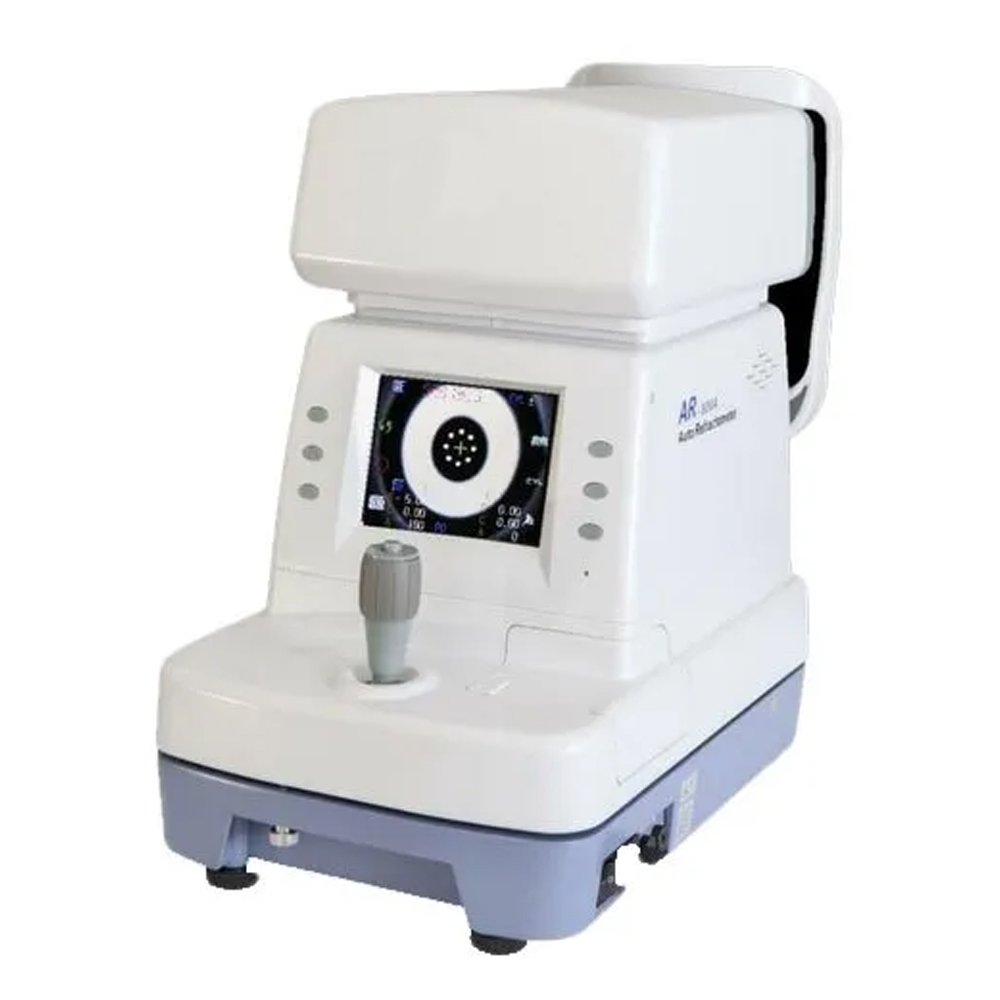Patient Seating:
The primary function of the refraction chair unit is to provide a comfortable and adjustable seating solution for patients undergoing eye examinations and refraction procedures.
The chair is often designed with ergonomic considerations to ensure patient comfort during extended periods.
Adjustable Features:
Refraction chair units are equipped with various adjustable features to accommodate different patients and examination requirements.
Common adjustments include height adjustment, reclining capabilities, and headrest adjustments.
Reclining Mechanism:
The chair typically includes a reclining mechanism that allows patients to recline comfortably during the examination process.
The reclining feature facilitates easy access to the patient’s eyes for the eye care professional.
Rotating Chair Base:
Many units have a rotating base that allows the chair to swivel, providing flexibility in positioning the patient for different examination procedures.
Armrests:
Adjustable and cushioned armrests contribute to patient comfort and provide a place for patients to rest their arms during various stages of the eye examination.
Footrests:
Some refraction chair units may include footrests to enhance patient comfort and relaxation.
Adjustable footrests accommodate patients of different heights.
Built-in Controls:
The chair unit often features built-in controls that allow eye care professionals to adjust the chair’s position easily.
Controls may include buttons or levers for reclining, height adjustment, and rotation.
Headrest and Face Cushion:
The headrest is designed to support the patient’s head comfortably during the examination.
A face cushion or support may be included to enhance comfort and stability.
Integration with Refraction Equipment:
Refraction chair units are designed to seamlessly integrate with other ophthalmic equipment used during eye examinations, such as phoropters, slit lamps, and autorefractors.
Durability and Easy Maintenance:
The chair is constructed with durable materials to withstand daily use in a busy eye care practice.
Easy-to-clean upholstery and surfaces contribute to the overall maintenance of the unit.
Patient Accessibility:
The design of the chair ensures that eye care professionals have easy access to the patient’s eyes and can conduct refraction procedures with precision.
Aesthetic Design:
Some units are designed with a modern and aesthetically pleasing appearance to create a professional and welcoming atmosphere in the examination room.






Reviews
There are no reviews yet.